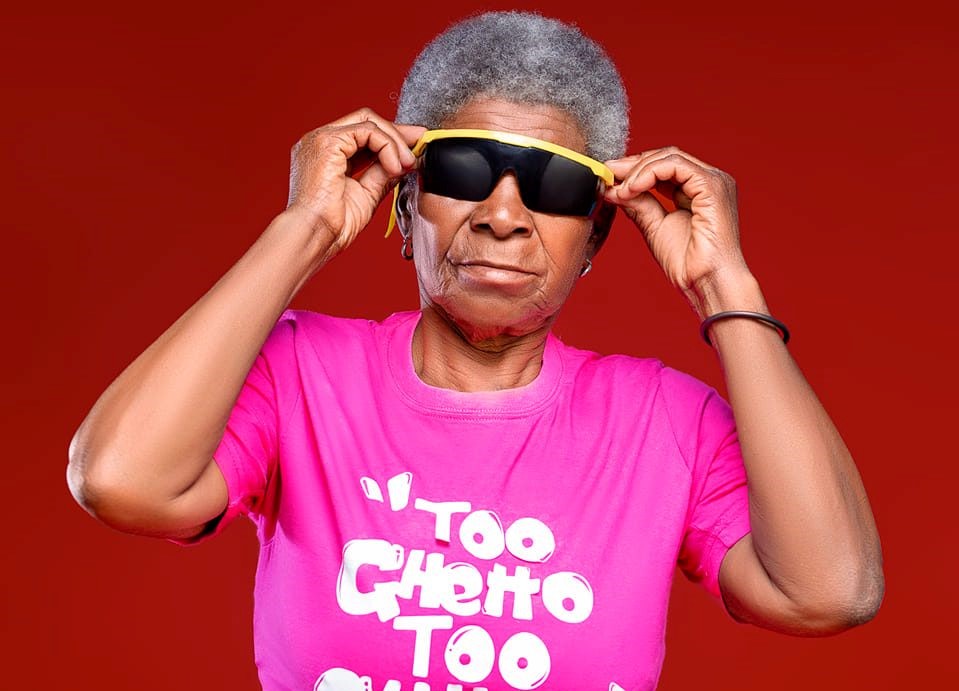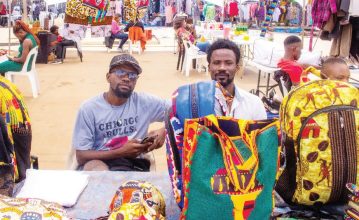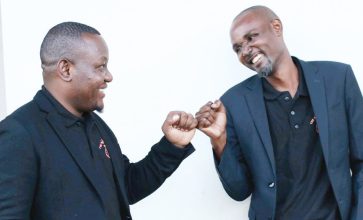When art stereotypes
Imfa Siithawika is one of the most common paintings in the country aside Mother and Child and the Noah’s Arch—whether abstract or naturalistic. Why are Malawian artists not producing new art on the market? Or is it the fact that the industry has lost direction?
Lecturer and head of Fine Arts at Chancellor College, Mike Chilemba, tells On the Arts that most curio makers and painters found in the streets are craftsmen and not artists.
He justifies his point by explaining that an artist creates and a craftsman duplicates other artists’ work.
“We cannot refute the fact that these curio makers and painters are highly skilled, the only problem is that these people are not creating anything new,” says Chilemba.
He adds that craftsmen do not usually have a story on their artworks or if there is any, they cannot explain it.
“But the original creator of the artwork always has a story, so, if you ask a curator of the story behind the Mother and Child sculpture, they will only tell you that there is a mother and her child, but Kay Chiromo, who is the original artist, had a story behind it,” explains Chilemba.
Chilemba says the craftsmen are market-driven as they make erroneous judgements, believing the stereotypes are the only type of art that tourists want.
However, the craftsmen can be moulded into artists and sell Malawian artefacts if they have the necessary knowledge on art, Chilemba suggests.
But what is the department doing in order to graduate craftsmen into artists?
Chilemba says his department has been incapacitated due to staffing problems.
“We sometimes have only one lecturer for the whole department, that is from first year classes to fourth year, and it was nearly impossible that one lecturer can organise a workshop and at the same time teach all four classes,” he says.
He adds that the department is planning to hold workshops for artists and craftsmen to help them improve their art.
He attributes the lack of knowledge by craftsmen to the absence of art education in basic education.
“The problem is that there is no art taught in our primary and secondary schools that is why there is no art appreciation because for one to appreciate art, they need to understand it, and if one is to be an artist they need to know the trade well,” he said.
Charles Sokosoko, one of the artists found at Blantyre Curio Market, admits that they simply reproduce other people’s artworks.
“We do this because tourists, who are our usual customers, come demanding for, say the elephant bridge,” he says.
Sokosoko’s language of description is on-point as he repeatedly refers to the curio makers and painters as amisiri, unconsciously confessing that they are mere craftsmen and not artists.
“The originators of most of these pieces can hardly be traced as people just pass on ideas from one craftsman to the other,” explains the curio seller.
He notes that craftsmen are afraid to introduce new ideas as they might not be accepted by their customers.
“To avoid making losses, we just play it safe by just reproducing what has already been created and accepted such as Mother and Child, Noah’s Arch and The Elephant Bridge,” says Sokosoko.





